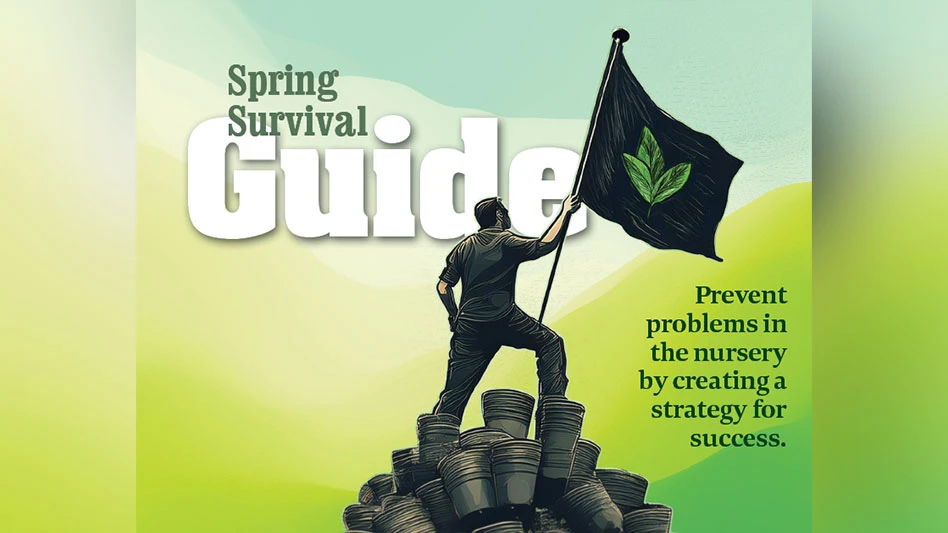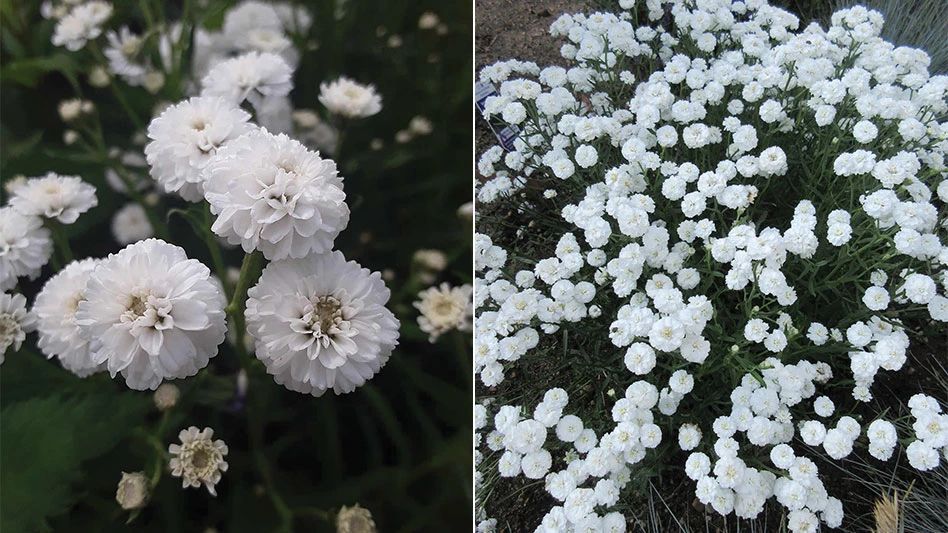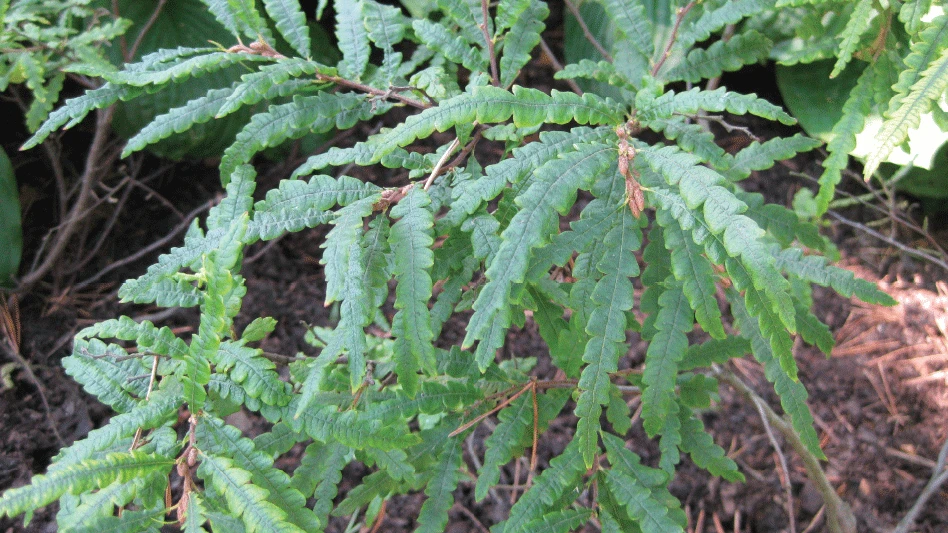 Inspections. Quarantines. Just hearing the words causes some growers to break out in a cold sweat. It doesn’t have to be that way.
Inspections. Quarantines. Just hearing the words causes some growers to break out in a cold sweat. It doesn’t have to be that way.
Nursery Management recently spoke with Dan Kenny, assistant chief of the Ohio Department of Agriculture’s Division of Plant Health about how inspectors enforce plant pest laws, and how growers can make the inspection process as painless as possible.
Licensing requirements affect growers all across the green industry, no matter where they are based. In the state of Ohio, for example, where Kenny is based, any nursery that is selling or growing winter-hardy nursery stock needs to be licensed. For growers, that entails an annual inspection. The Department of Agriculture has 11 inspectors that visit facilities and inspect plants.
Q. How do you get licensed?
A. The first step is to fill out an application for inspection. That application is sent to the inspectors, who will call you to iron out the details, like what types of plants you grow and where your fields are located.
This is not something to be feared. The inspector isn’t out to get you. Our role is to identify problems, then work with the grower to get them remedied.
Q. What happens if a pest is found?
A. There are certain thresholds that need to be met for specific action to be taken. That means there are different options available depending on whether it’s a light infestation or a serious infestation. For instance, if a certain type of plant is heavily infested and that plant is only being grown in one section of the nursery, the inspector can place a hold on just that section of the field and work with the grower to clear the problem up.
Q. What has to happen for an inspector to declare a quarantine?
A. There are federal quarantines and state quarantines. Basically, a quarantine is necessary when a situation calls for requirements above and beyond general inspections. They are often pest, host, or plant material-specific. Quarantines are generally designed to protect a specific commodity group or natural environment from a non-native pest.
Q. In the event of a quarantine, how should growers react? What should their next step be?
A. Hopefully, their next step would be call their inspector or call the Department of Agriculture. We can work through that with them. We have good relationships with other departments of agriculture. We can make calls for them and figure out exactly what the requirements are and how they can be met.
Quarantines become more of a problem for growers that are moving nursery stock long distances. If a grower is shipping cross-country, they will run into a myriad of quarantines. Growers should use their inspector as a resource that can help them move their product where it needs to go.
For more on this topic, check out our podcast with Dan Kenny: http://bit.ly/GRNkenny or visit www.agri.ohio.gov
Get curated news on YOUR industry.
Enter your email to receive our newsletters.
Explore the April 2015 Issue
Check out more from this issue and find your next story to read.
Latest from Nursery Management
- Dümmen Orange North America celebrating 25th anniversary in 2025
- Redesigning women
- Illinois Landscape Contractors Association changes name to Landscape Illinois
- 2025 Proven Winners Horticulture Scholarship applications now open
- ICL’s Gemini Granular herbicide now registered for use in California
- Eurazeo Planetary Boundaries Fund acquires Bioline AgroSciences
- The Leading Women of Horticulture
- Leading Women of Horticulture: Dana Massey, Plantworks Nursery







